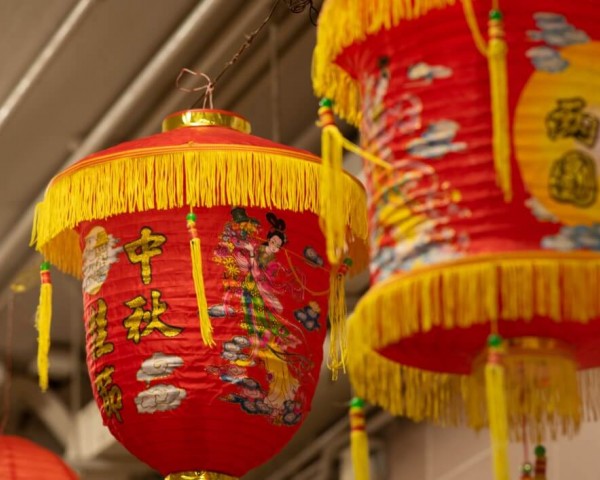The Chinese tourism market was generally stable and positive during the 2024 Mid-Autumn Festival holiday (September 15-17, 2024). According to the Ministry of Culture and Tourism data, there were 107 million domestic trips across the country, marking a 6.3% increase compared to 2019. Additionally, the total travel expenditure of domestic tourists amounted to 51.047 billion yuan, reflecting an 8.0% increase over the same period in 2019.
According to the Chinese travel platform Fliggy, the total number of travel bookings for this year’s Mid-Autumn Festival holiday has significantly increased compared to the New Year’s Day, Qingming, and Dragon Boat Festival holidays. It marks the highest point of the three-day holiday this year. Among them, domestic tourists’ per capita booking volume increased by 5% compared to the Dragon Boat Festival. Additionally, the number of domestic hotel bookings far exceeded the same period in 2019, with high-star hotels and characteristic homestays accounting for as much as 60% of the bookings.
During the Mid-Autumn Festival 2024, various cultural activities such as lantern festivals, fire dragon dances, and moon worship are held in different places to create a festive atmosphere, allowing people to appreciate traditional culture while enjoying the warmth of family reunions. Many foreign tourists experience unique folk activities during the festival and immerse themselves in the Chinese culture and festive ambiance. Famous cultural and museum sites attract numerous visitors, with citizens and tourists flocking to watch the exhibitions.
The National Art Troupe presents captivating offline and online performances while various performance markets are active, offering a rich cultural experience to the audience.
Short-distance leisure travel, particularly self-driving and high-speed rail trips, becomes popular during the three-day holiday. Theme parks and amusement parks welcome many families, and themed routes and tourism performances enhance the overall tourist experience. Many places implement measures such as ticket reductions and exemptions and cultural and tourism consumption promotion activities to benefit the public.
Autumn tourism and food routes are also launched, creating new scenes for cultural tourism. Nighttime cultural tourism has become a new highlight of consumption, with city squares and garden attractions hosting activities such as moon viewing, garden tours, and lantern displays, providing the public with enjoyable Mid-Autumn Festival experiences.
According to China’s National Immigration Administration, more than 5.2 million Chinese and foreign individuals entered and exited the country during the holiday, averaging more than 1.7 million per day, an 18.6% increase from last year.
Of the total, 2.632 million mainland residents entered and exited the country, a 15.1% increase from last year. Meanwhile, 2.07 million Hong Kong, Macao, and Taiwan residents traveled, showing a 7.3% increase from last year. The number of foreigners was 554,000, a 62.2% increase from last year.
The most popular destinations included Beijing, Guangzhou, Shenzhen, Chengdu, and Xi’an. Additionally, lesser-known destinations such as Jincheng (Shanxi), Jingdezhen (Jiangxi), Daxinganling (Heilongjiang), Qinhuangdao (Hebei), and Aba (Sichuan) have also seen a significant increase in popularity.










